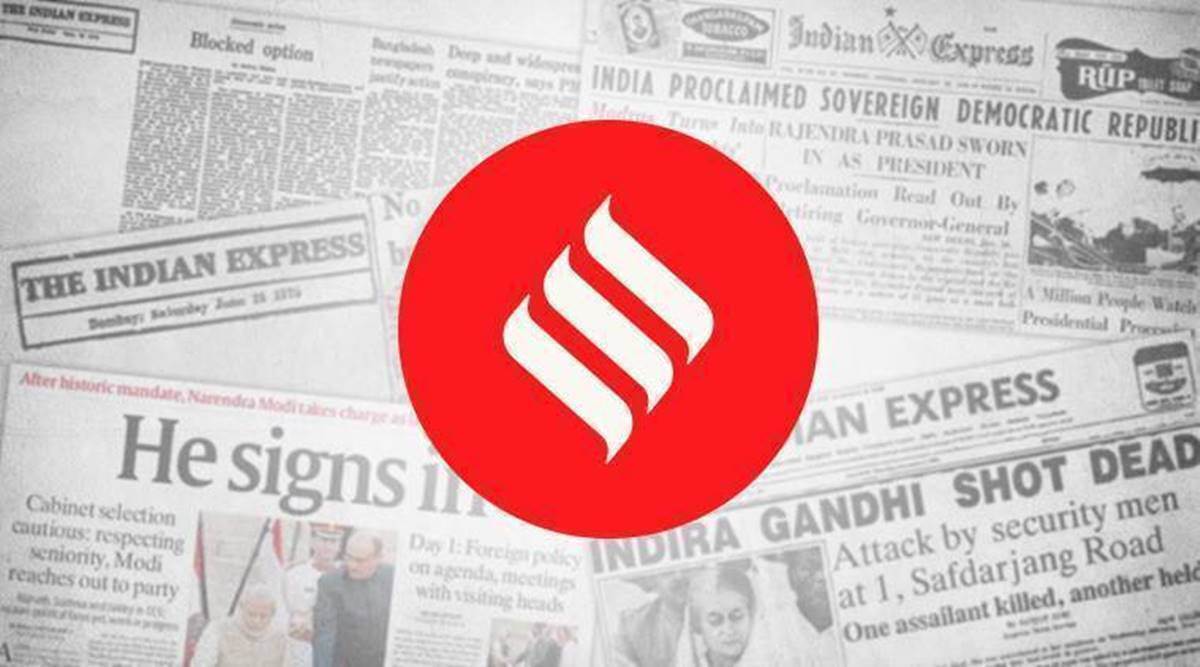Inner-party ferment compels BJP to replace chief minister, and underlines political instability in Uttarakhand.
A restive BJP legislature party has led to the removal of Trivendra Singh Rawat as Uttarakhand Chief Minister. Rawat had reportedly become unpopular among party legislators on account of a centralised style of functioning and concentration of power in the CM’s office. For instance, in the past four years as CM, he refused to fill ministerial berths and kept with him a large number of government departments, which he ran through a set of select bureaucrats. By all accounts, Rawat followed a leadership model that emerged and flourished in many states in recent years, until Uttarakhand’s specific circumstance and his own lack of grounding in mass politics tripped him up.
Since Indira Gandhi transformed the cabinet system of government to a presidential style of administration in the 1970s, many CMs have tried to replicate the model in the states and consolidate powers in their office. Charismatic leaders, from M G Ramachandran and J Jayalalithaa in Tamil Nadu to Naveen Patnaik in Odisha, Narendra Modi in Gujarat to Nitish Kumar in Bihar, Mayawati in UP to Mamata Banerjee in West Bengal, and Pinarayi Vijayan in Kerala have preferred to rule through bureaucrats rather than run governments in consultation with their ministerial colleagues. Their governments are projected as extensions of their personalities. The frailties of coalition governments are exaggerated to build an argument for strong leaders, who are deemed as decisive and hence delivering on governance. At a deeper level, a democracy deficit has allowed the breeding of these personality cults and even contributed to the finding of virtue in the absence of negotiation and consensus-building in government. Among other things, events in Uttarakhand would appear to spotlight the limits of this leadership model.
But Trivendra Singh Rawat also lacked the charisma and the grassroots backing that was needed to transcend the faultlines in the party and outside it. Born in 2000 following a popular mobilisation, Uttarakhand is yet to subsume its regional identities — for instance, the Garhwal-Kumaon divide continues — under a common rubric. Various state governments have ignored the promises of the statehood movement. Rawat’s attempt to implement one such promise — to make Gairsain in the hills the state capital — backfired because of lack of consultations with stakeholders. The statehood movement also failed to reimagine itself as a moral force to shape the political landscape of the new state: Politics in Uttarakhand remains captive to the transactional logic of patronage, kinship and caste, a legacy it inherited from its mother state, UP. In 20 years, the state has had eight CMs and, barring the late N D Tiwari, none of them could complete a full term in office. Legislators shift parties with ease to make or break governments. This history of inner-party rebellions and defections, apart from its own internal divisions, stalks the BJP in Uttarakhand.
Source: Read Full Article


